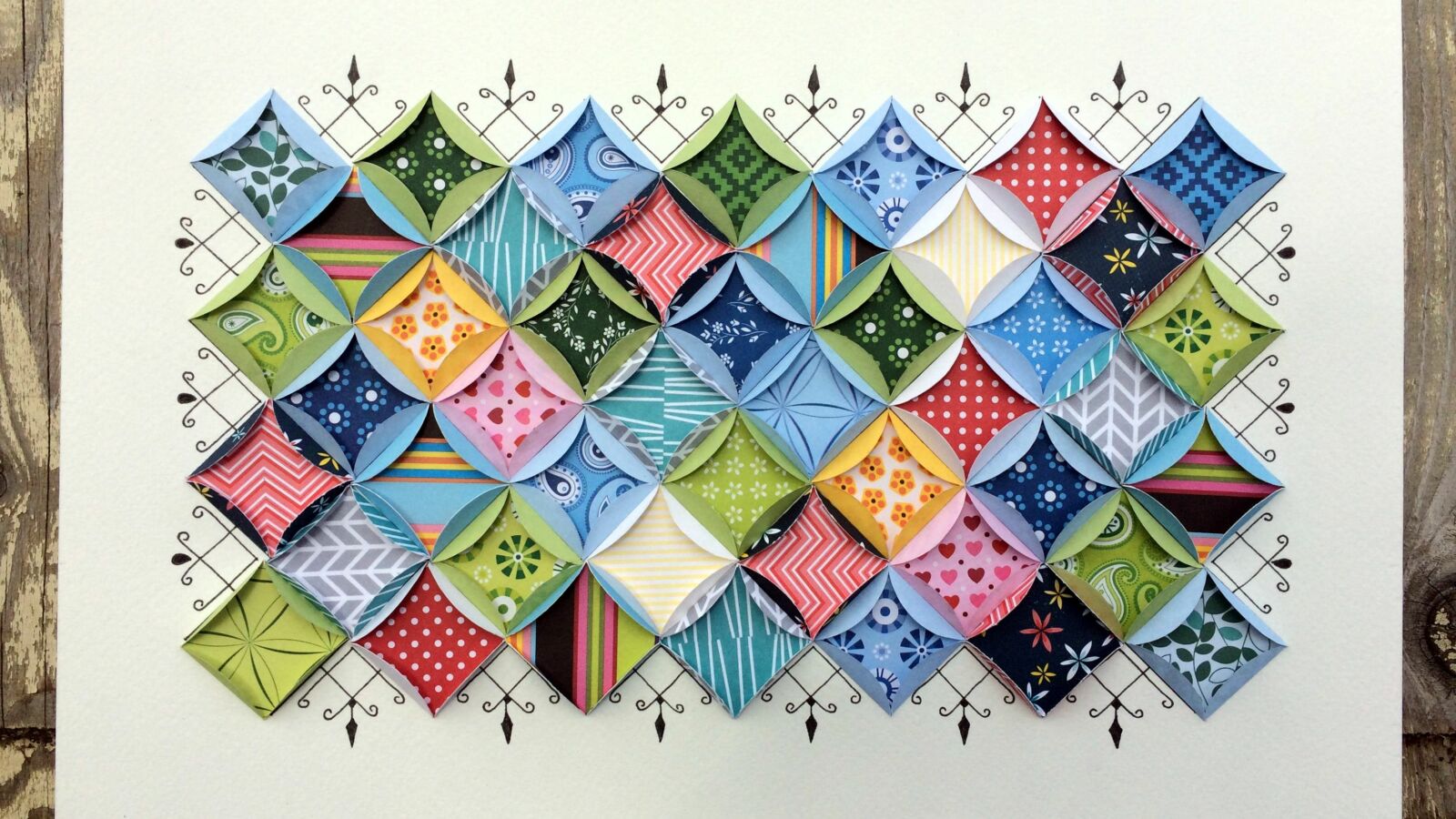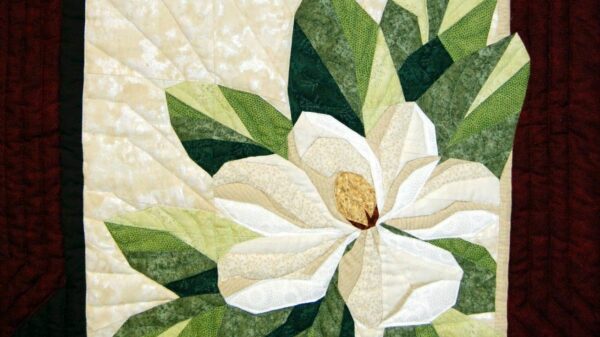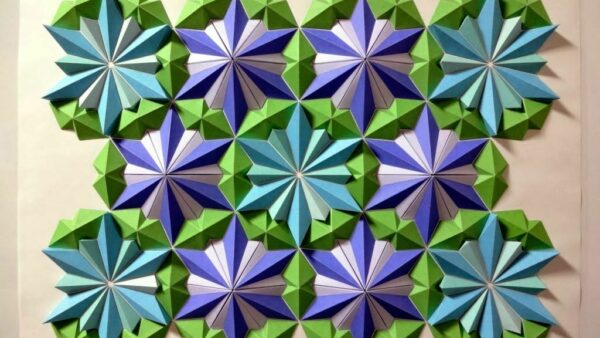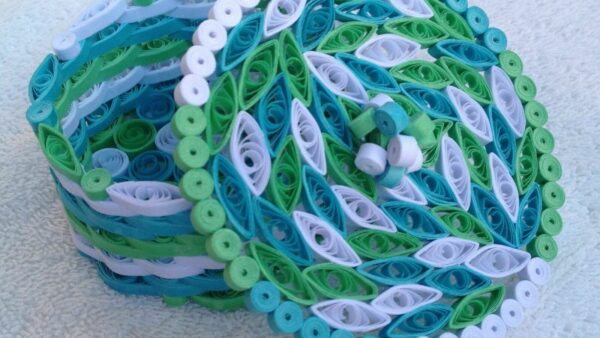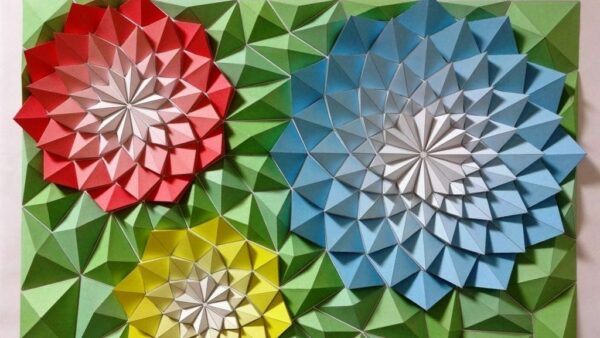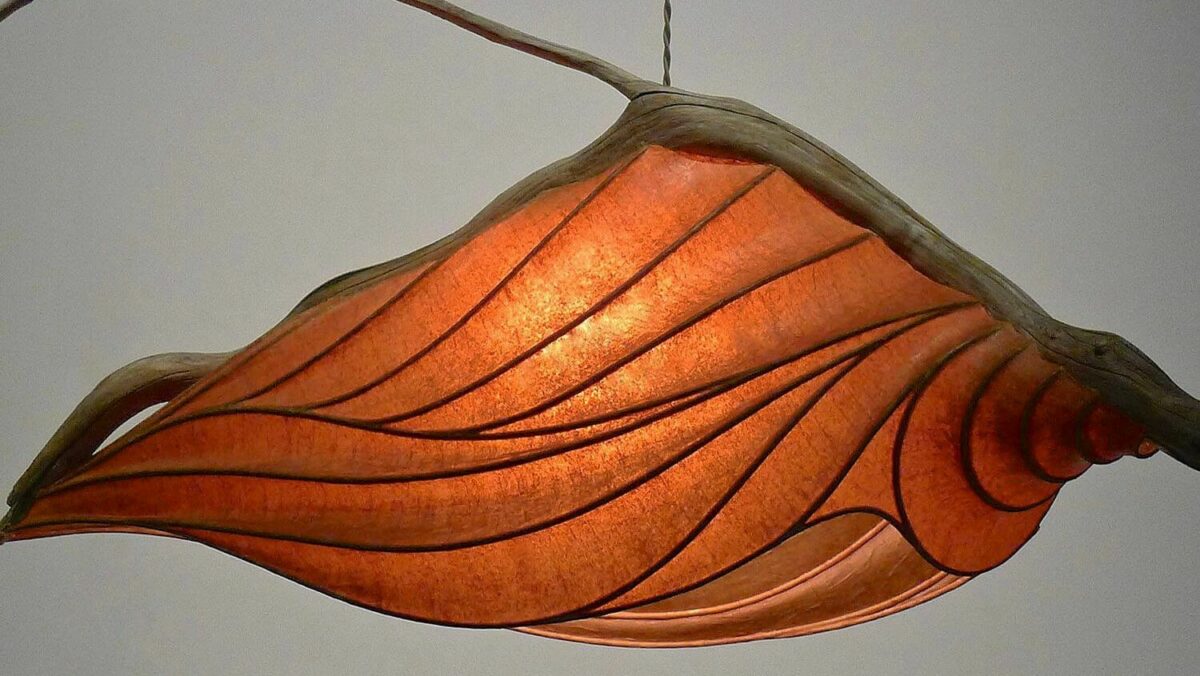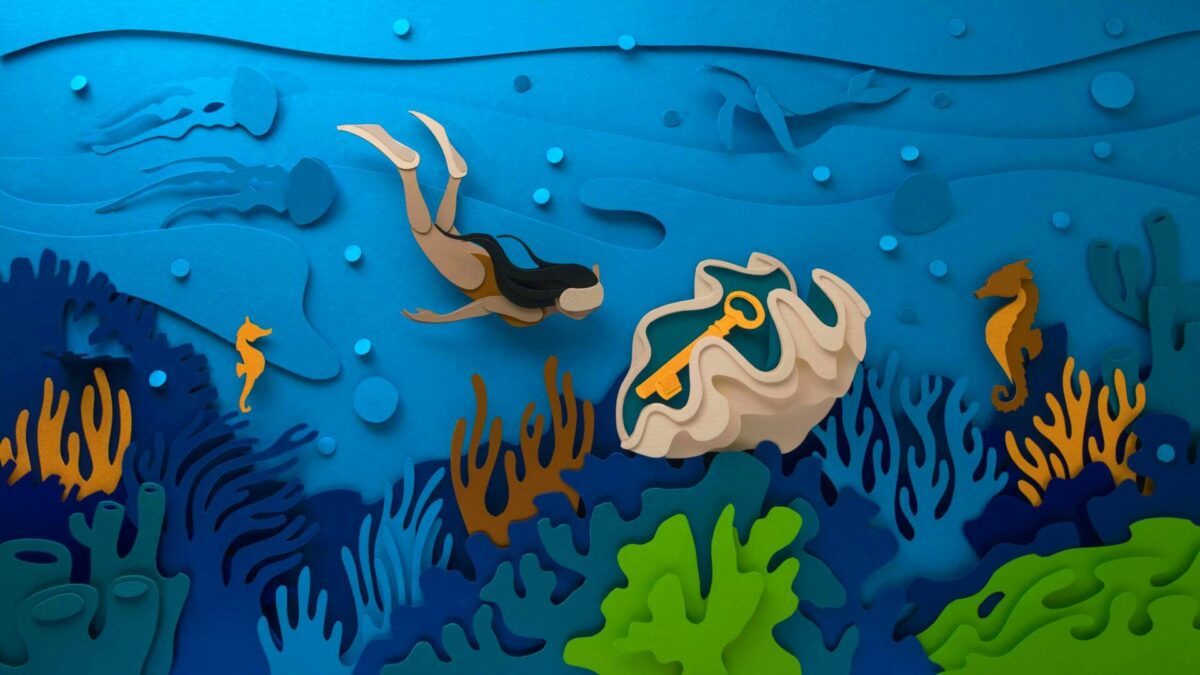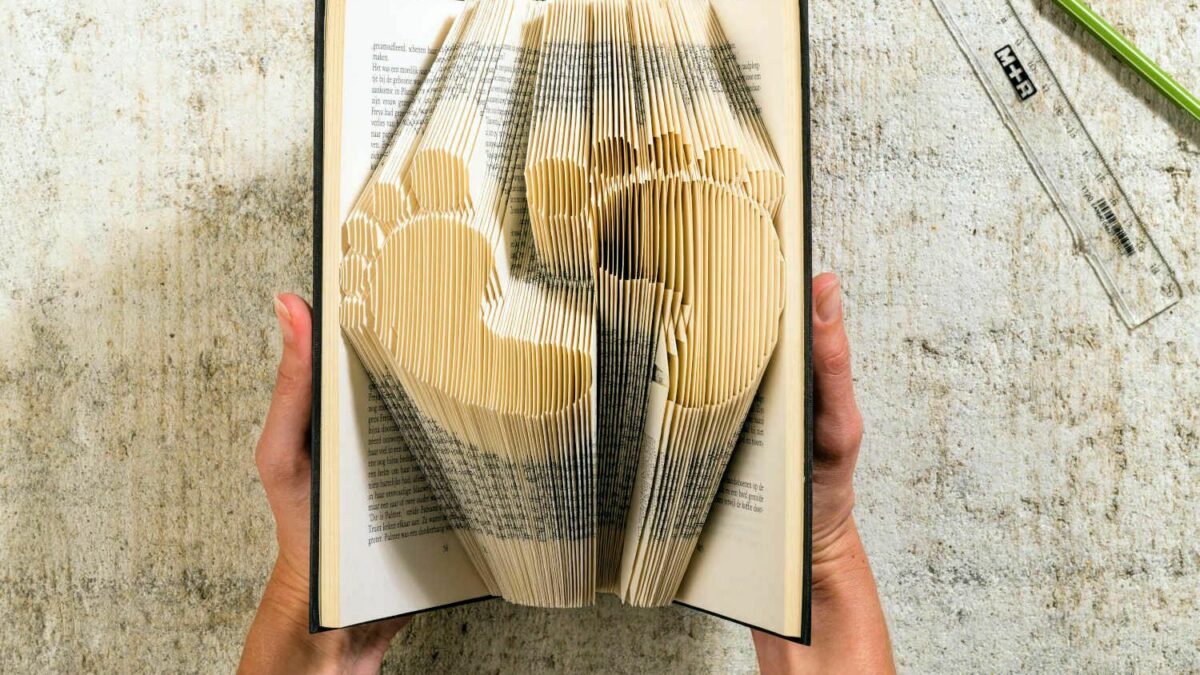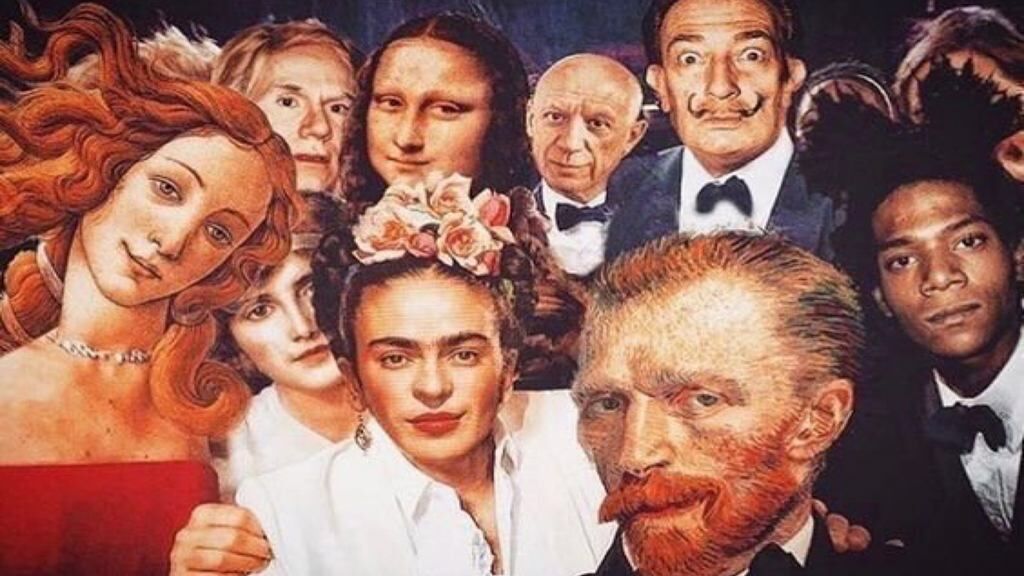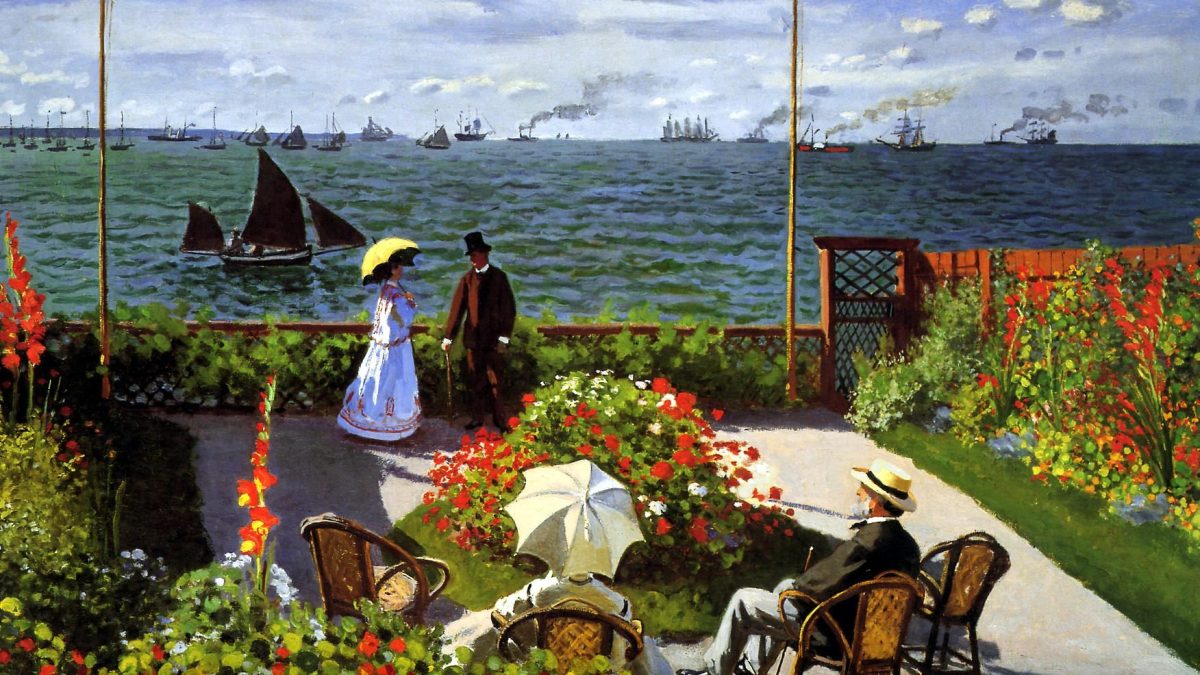Blog
The Evolution of Paper Quilting: A Journey Through Time
The Art of Paper Quilting
Quilting is an art form that has been around for centuries, with roots in ancient Egypt and China. It involves sewing together layers of fabric to create a decorative and functional piece. However, in recent years, a new form of quilting has emerged – paper quilting. This technique involves using paper instead of fabric to create intricate designs and patterns. Paper quilting has become increasingly popular in recent years, with artists and crafters alike embracing this unique and versatile medium.
The Origins of Paper Quilting: A Historical Overview
The history of paper quilting can be traced back to the 18th century, when women would use paper templates to create quilt blocks. These templates were often made from old letters, newspapers, or other scraps of paper. The paper was cut into the desired shape and then used as a guide for cutting the fabric. Once the fabric was cut, it was sewn together to create the quilt block.
In the 19th century, paper piecing became more popular, with women using paper templates to create intricate designs and patterns. This technique allowed for more precise and complex designs, as the paper templates provided a guide for the placement of each piece of fabric.
The Rise of Paper Quilting in the Modern Era
In the 20th century, paper quilting began to gain popularity as a form of art. Artists began to experiment with different types of paper, including tissue paper, tracing paper, and even newspaper. They also began to incorporate other materials, such as paint and ink, into their designs.
One of the most famous paper quilters of the 20th century was Mary Lee Bendolph, a member of the Gee’s Bend quilting community in Alabama. Bendolph used paper templates to create her intricate designs, which were then translated into fabric quilts. Her work has been exhibited in museums and galleries around the world, and has inspired a new generation of paper quilters.
Innovations in Paper Quilting Techniques and Materials
In recent years, paper quilters have continued to push the boundaries of the medium, experimenting with new techniques and materials. One of the most popular techniques is English paper piecing, which involves wrapping fabric around paper templates and then sewing the pieces together. This technique allows for precise and intricate designs, and is often used to create hexagon or diamond shapes.
Another popular technique is foundation paper piecing, which involves sewing fabric onto a paper foundation. This technique allows for more complex designs, as the paper foundation provides a stable base for the fabric.
Contemporary Paper Quilting: Exploring New Possibilities
Today, paper quilting continues to evolve and expand, with artists and crafters exploring new possibilities and pushing the boundaries of the medium. Some artists are using paper to create three-dimensional sculptures, while others are incorporating digital technology into their designs.
One of the most exciting developments in paper quilting is the use of recycled materials. Many paper quilters are using old books, magazines, and newspapers to create their designs, giving new life to materials that would otherwise be discarded.
The Enduring Appeal of Paper Quilting
Paper quilting may be a relatively new form of quilting, but it has already established itself as a vibrant and dynamic art form. From its humble origins in the 18th century to its current status as a cutting-edge medium, paper quilting has captured the imagination of artists and crafters around the world. With its versatility, accessibility, and endless possibilities, paper quilting is sure to continue to evolve and inspire for years to come.

